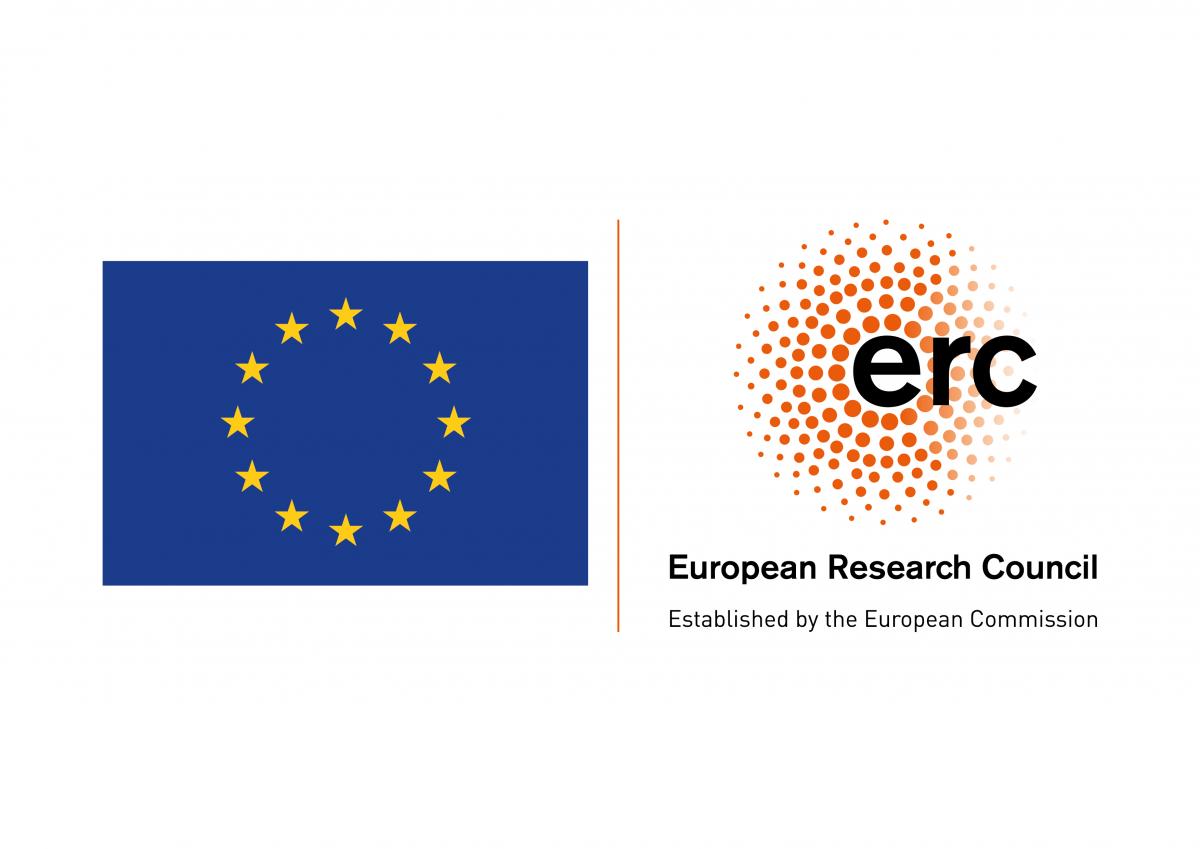Are you an educator looking to include real-world links to the Deep Earth in your science and maths lessons? We have developed three resource packs for this exact purpose.
Aimed at KS3 (11-14 years) and KS4 (14-16 years) students, these seismology and Earth structure themed lessons are built around key concepts covered in maths and science syllabuses. Resources were designed working with high school teachers, students, outreach experts and scientific researchers to bring together accurate, relevant scientific concepts in fun and interactive ways.
With a focus on the board range of material and potential careers available within geosciences, and examples of a diverse set of role models, we hope these resources can dispel some of the myths around geosciences as a subject and encourage a new generation of budding scientists to consider a career as in geosciences.
Scroll down to find more information and download links for our three resource packs:
Using waves to see inside the Earth

· Subject: Science
· Aimed at: KS4 GCSE lessons
· Contains: 4 lessons, teaching plans and worksheets
· Concepts covered: waves, graph skills and heat transfer
Click on the green button to download the:
“Using waves to see inside the Earth” resource pack.
This series of 4 complete lessons is perfect for teaching Key Stage 4 Science students, providing an exciting setting for the application and expansion of their scientific knowledge.
Students will make their own seismometers, locate an underground explosion, measure the core using seismic waves, and work out the truth behind a common mantle myth! These novel activities allow students to consolidate and expand their knowledge of waves, and the final lesson draws on their understanding of heat transfer processes. They will think for themselves and consider the power of seismic evidence for looking deep beneath their feet.
Download a full set of lesson plans, PowerPoints, activities, and worksheets (including extension questions and answers). You do not need a geosciences background, to teach this course – the resources include everything you will need to lead your students from their first introduction to seismic waves all the way through to a stunning picture of the dynamic inner Earth.
If you have used this resource pack and have any comments or improvements, please contact designer Gemma Shaw at: gls44@cam.ac.uk
Planetary Mini-Project

· Subject: Maths
· Aimed at: KS4 GCSE lessons
· Contents: 3 lessons, teaching plan, worksheets
· Concepts covered: Graph work, Density, Geometry, Standard Form and Proportion
Click on the green button to download the: “Planetary Mini-Project” resource pack.
Part of the reason that students often struggle with maths is that it seems so abstract and disconnected from the real world. To combat this we have developed “Building planets with maths!”. This project connects mathematics to geophysics and astronomy to show that understanding data and topics as diverse as Graph work, Density, Geometry, Standard Form and Proportion can be relevant and inspiring.
We also designed the project with employability in mind: there is a huge disparity between how valuable mathematical skills are to students and how valuable they are to employers. In this project, we try to connect pure maths content with design, presentation, team-work and communication in mind to better mimic numerical professions such as programming, finance, business, research or engineering.
This Planetary Mini-Project is a 3-lesson, team-based, planetary-themed series of activities with accompanying worksheets (including answers, covering many of the major topics in Maths GCSE) and PowerPoint presentations (in numbered order with extension work also included).
If you have used this resource pack and have any comments or improvements, please contact designer Rory Cockshaw at: rc794@cam.ac.uk
What is the inside of the Earth like?

· Subject: Science
· Aimed at: KS3, 2 hour workshop
· Contents: Summary, workshop script, experiment instructions, power point, student handouts
· Concepts covered: Temperature in the particle model, sound, heat transfer, structure of the Earth, interpreting observations and data
Click on the green button to download the: “What is the inside of the Earth like?” resource pack
There is so much misinformation in the media and the general population about the Earth’s mantle; that it seemed an obvious place to focus our outreach on.
This dynamic and hands-on workshop challenges students to think for themselves, and to use their knowledge of everyday physics to come to an understanding of the rheology and behaviour of the mantle. We take students on a journey through seismic imaging, mantle convection and solid-state creep. With a heavy side of ‘how science works’ and six practical activities, this 2-hour workshop is great for introducing Key Stage 3 students to geoscientists and the Deep Earth.
A pack of resources to run this workshop is available as a download below. The workshop was originally designed to be delivered by an external outreach scientist, but could just as easily be run by a teacher, especially one with a background in geosciences.
This workshop also exists in a home-learning form, and can be downloaded from this page.
If you have used this resource pack and have any comments or improvements, please contact designer Hero Bain at: hrb47@cam.ac.uk
Developing this material is funded by:

